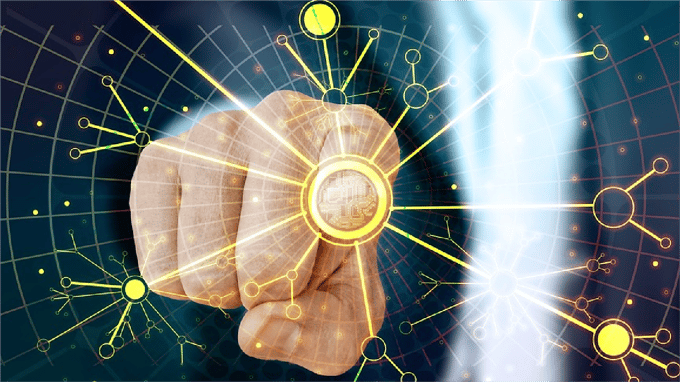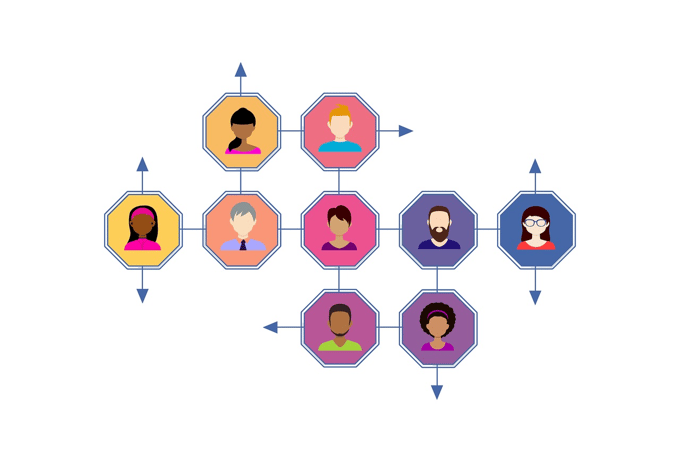Efficient digital onboarding
The first steps determine success in the company. Boring and monotonous welcome folders slow down the onboarding of new employees. Read this article to learn how to avoid mistakes in the onboarding process.

Onboarding ≠ Onboarding
Remain attractive to your employees

Onboarding challenges
Usually, a teammate is given the responsibility for onboarding the new employee.
The regular activity is usually left undone, which leads to frustration, stress and overtime after the briefing.
The fact that the newcomer is not responsible for this is easily suppressed by those affected.
The collaboration is therefore put to the test from the start. In addition, for most newcomers, systematic confusion gradually ensues after entry.
Well-intentioned advice, tips and knowledge are transmitted from all sides, which initially cannot be assigned.
Knowledge books, workbooks, guidelines and much more. without context can encourage pressure and overwhelm.
In addition, the learning goals are largely not set in advance, so the right questions get lost in the mass of information.
This in turn leads to more time and unnecessarily burdens the employee.
The biggest challenge is therefore not to let the new employee jump in at the deep end, but to take them by the hand.
Learning paths, groups, categories, news (linking to the respective blogs) and much more!
This is what the intuitive knowledge management system, U2D Aprenia emphasizes.
U2D Aprenia as a success factor in onboarding
Knowledge centralization and transfer
It's about the first impression of the corporate structure and culture as well as the first contact with colleagues.
With U2D Aprenia we support knowledge transfer between all users. In contrast to a classic learning management system (LMS), the focus is not on hierarchically structured learning (top-down approach), but on the learning experience of the learners! (Learning Experience Platform) (link).
The Learning Experience Platform (LXP) (link blog) U2D Aprenia enables existing employees to quickly and easily place small-scale knowledge in the system and thus centralize it.
This is then easily accessible for employees to be trained. In order to pick up every type of learner, the knowledge transfer can take place as Spark (link to blog) in different ways.
For example, a knowledge article can be formulated, a video recorded, a SCORM package posted or a link placed on an external website.
It is also possible to provide users with a document for download.
Facilitate contact with colleagues
The facilitated contact between colleagues is underlined by the integration of a discussion forum, in which simple everyday discussions such as “Where are we going for lunch today?”, as well as the news module (link blog) underlined.
As in a messenger, Sparks can be shared and messages exchanged with the message module.
U2D Aprenia thus supports user interaction and communication, optimizes the learning experience and expands the network.
Mobile learning - training-on-the-job
Whether online shopping for fashion and groceries, downloading or listening to music or making a bank transfer.
But the world of work is also adapting to modern times. The fact that skilled workers are increasingly working from home now seems normal.
But the stress of everyday life has not disappeared. Lack of time is one of the biggest factors preventing most workers from continuing education or expanding their knowledge in general.
However, the learning content in U2D Aprenia can also be viewed on the side.
Be it alongside work or on the train on the way home via the U2D Aprenia app.
U2D Aprenia enables know-how transfer from anywhere!
Groups and categories
Nevertheless, there are topics that do not affect or even appeal to everyone.
The "groups" can be used to summarize both target groups and topics.
For example, all new employees can find important information about starting in the company in the "Onboarding" group.
For example, all sparks related to the topic “Bitcoin” are bundled in the “Cryptocurrencies” group.

Supported by the recommender algorithm
In this way, users receive suitable Spark suggestions without having to search specifically for them.
Possibilities of embedding in your enterprise architecture
U2D Aprenia can be seamlessly embedded into the existing software landscape. An interface to your CRM or LMS can be connected in this way.
We are also happy to support you with the import and tagging of existing content and also put you in touch with our partners as suppliers of external content. Get more detailed information about our Knowledge Management System (LXP) and try U2D Aprenia for free!
